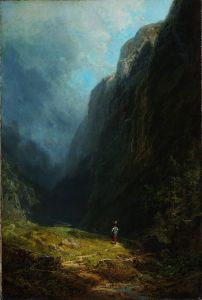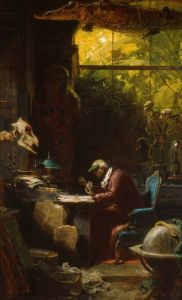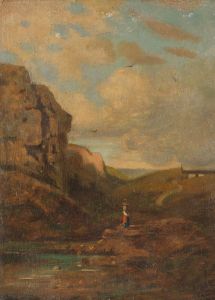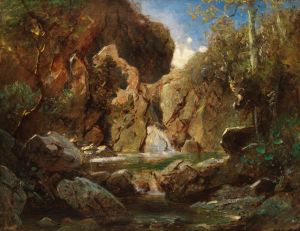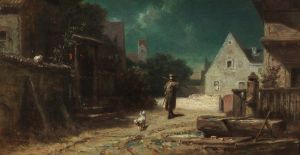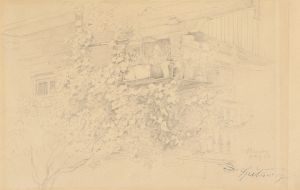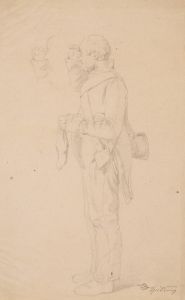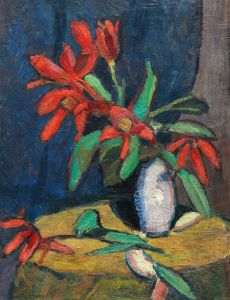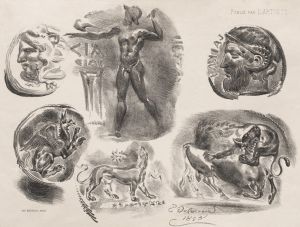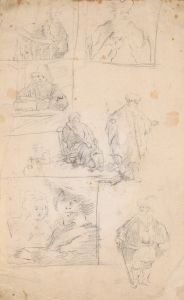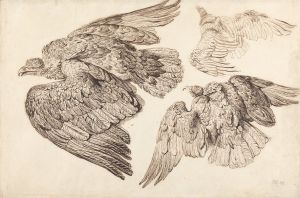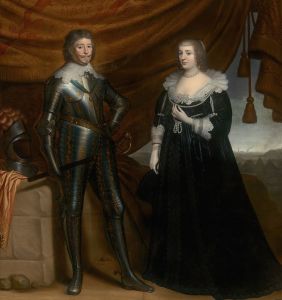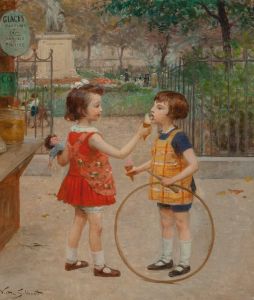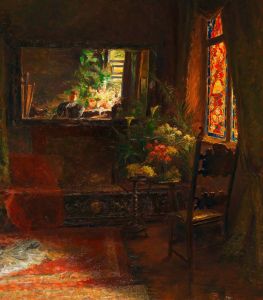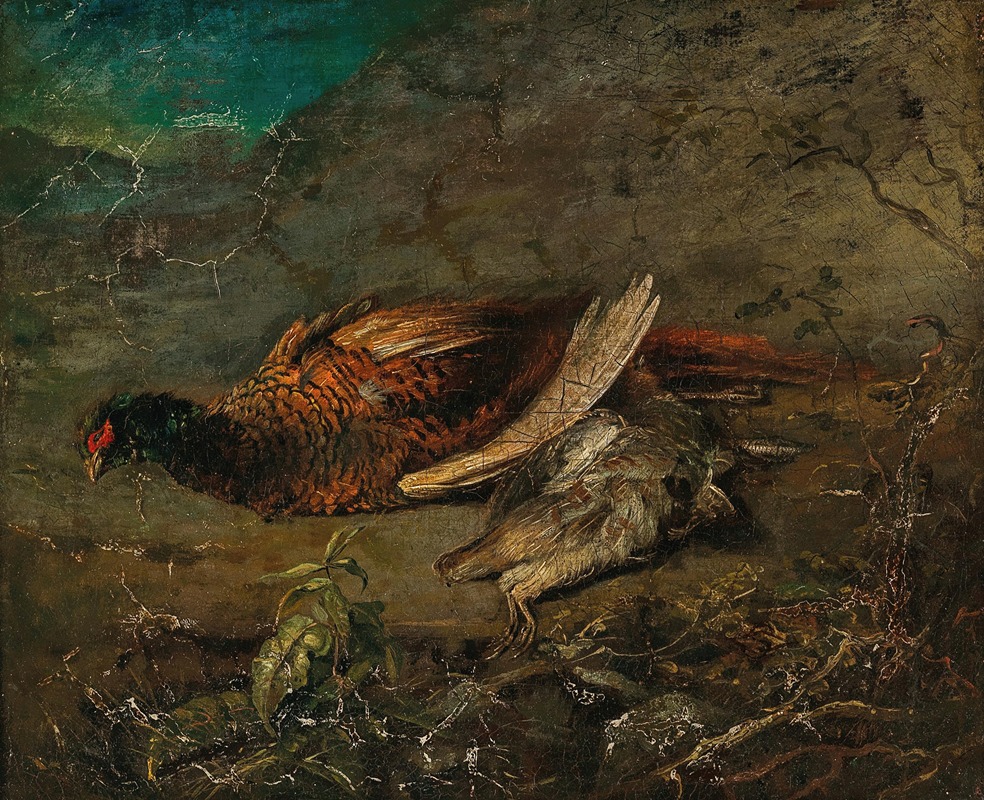
Stillleben mit Fasan und Schnepfe
A hand-painted replica of Carl Spitzweg’s masterpiece Stillleben mit Fasan und Schnepfe, meticulously crafted by professional artists to capture the true essence of the original. Each piece is created with museum-quality canvas and rare mineral pigments, carefully painted by experienced artists with delicate brushstrokes and rich, layered colors to perfectly recreate the texture of the original artwork. Unlike machine-printed reproductions, this hand-painted version brings the painting to life, infused with the artist’s emotions and skill in every stroke. Whether for personal collection or home decoration, it instantly elevates the artistic atmosphere of any space.
Carl Spitzweg's Stillleben mit Fasan und Schnepfe (translated as Still Life with Pheasant and Snipe) is a painting attributed to the 19th-century German artist Carl Spitzweg, who is best known for his contributions to the Biedermeier period of art. Spitzweg's works often reflect a romanticized view of everyday life, characterized by detailed observation, subtle humor, and a warm, intimate atmosphere. However, Stillleben mit Fasan und Schnepfe represents a departure from his more commonly known genre scenes, focusing instead on the still life tradition.
The painting depicts a carefully arranged composition of game birds, specifically a pheasant and a snipe, alongside other elements typically associated with still life works. The subjects are rendered with meticulous attention to detail, showcasing Spitzweg's skill in capturing texture, light, and shadow. The pheasant, with its vibrant plumage, serves as the focal point of the composition, while the snipe and surrounding objects contribute to the overall balance and harmony of the scene. The subdued color palette and naturalistic rendering are consistent with the still life genre, which often emphasizes the beauty of ordinary objects and the transient nature of life.
While Carl Spitzweg is primarily celebrated for his genre paintings, his foray into still life demonstrates his versatility as an artist. The painting reflects the influence of Dutch and Flemish still life traditions, which were highly regarded during the 17th century and continued to inspire European artists in the 19th century. These traditions often emphasized themes of mortality, abundance, and the passage of time, though it is unclear whether Spitzweg intended to convey any specific symbolic meaning in this work.
The exact date of creation for Stillleben mit Fasan und Schnepfe is not definitively documented, but it is generally attributed to Spitzweg's mature period, when he had already established himself as a prominent figure in the German art scene. The painting is less well-known compared to his iconic works such as The Bookworm (Der Bücherwurm) or The Poor Poet (Der arme Poet), but it nonetheless contributes to the understanding of his artistic range.
As of now, detailed information about the provenance, current location, and exhibition history of Stillleben mit Fasan und Schnepfe is limited. The painting is occasionally referenced in discussions of Spitzweg's lesser-known works, but it has not been the subject of extensive scholarly analysis. Further research may provide additional insights into its context and significance within Spitzweg's oeuvre.





